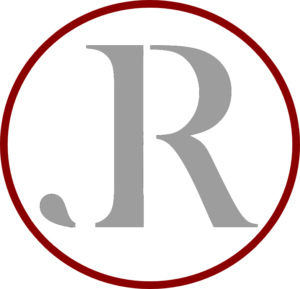Dressage - What, Why, Who
The word “dressage” is an old French word which has no exact equivalent when it is translated into English. This may explain why it is generally misunderstood in this country, because it means a good deal more that the common English translation of “training”, which, used in connection with sports activities and with horses, generally refers more particularly to the creation of physical fitness.
In French, the word means preparation, teaching, education and presentation with the emphasis more on the mental approach to the horse’s understanding. The difference goes further than that, because the term “dressage” is really used to indicate a more advanced stage of horse teaching than one ordinarily requires from a horse for just plain everyday usefulness, i.e., walk, trot, canter, stop, tum.
Dressage is a time honored progressive gymnastic system designed to teach the horse to comfortably carry the rider in balance and with lightness through a series of increasingly difficult maneuvers resulting in a horse that is easier and more enjoyable to ride. It is a method of teaching that strives to enhance not restrict, the natural abilities of the horse. It is not an end in itself, and it is not just training. It is a philosophy, whereby cooperation is asked of, and reward, rather than punishment, is used as an inducement. This can only occur when there is a partnership between horse and rider, and it cannot be forced with the use of harsh spurs and a severe bit. Subtle communication, not domination, is the way to reach the goal in dressage leading to a responsive, athletic, willing to please horse who is happy in his work.
The work to achieve this goal is long and hard, but the end result is one where there is a perfect understanding between the rider and the horse. This harmony allows the horse to work without contraction in his joints or in his muscles, permitting him to carry out all his movements with mental and physical enjoyment as well as suppleness and rhythm.
The horse then becomes a partner, rather than a slave who is forced to obey a rigid master by constraint. Then a conversation can start to take place on a higher level with the horse; a dialogue of courtesy and finesse.
The partnership and harmony which permits th.is conversation to take place is gained through feel. You should ride your horse as you fee11nim, or over the years have learned how to feel. It is the one thing no book can teach you and no teacher can give you. It is the one thing which, if you can obtain it, will be entirely the result of your own efforts and will be yours alone.
There is an orderly progression of teaching which should take place to reach the goals that have already been touched upon. Solid basic education is the best preparation for whatever specialization you desire to pursue with your horse – higher levels of dressage, eventing, jumping, barrel racing, roping, western pleasure, etc. The progression should occur over a two-year period of time, conducted in three phases, but the results will last a lifetime.
Why not do it in a way that the horse understands – using the tried and true, handed down to us through generations of classical masters of horsemanship, regardless of what they call it – dressage or natural horsemanship or horse whispering!
